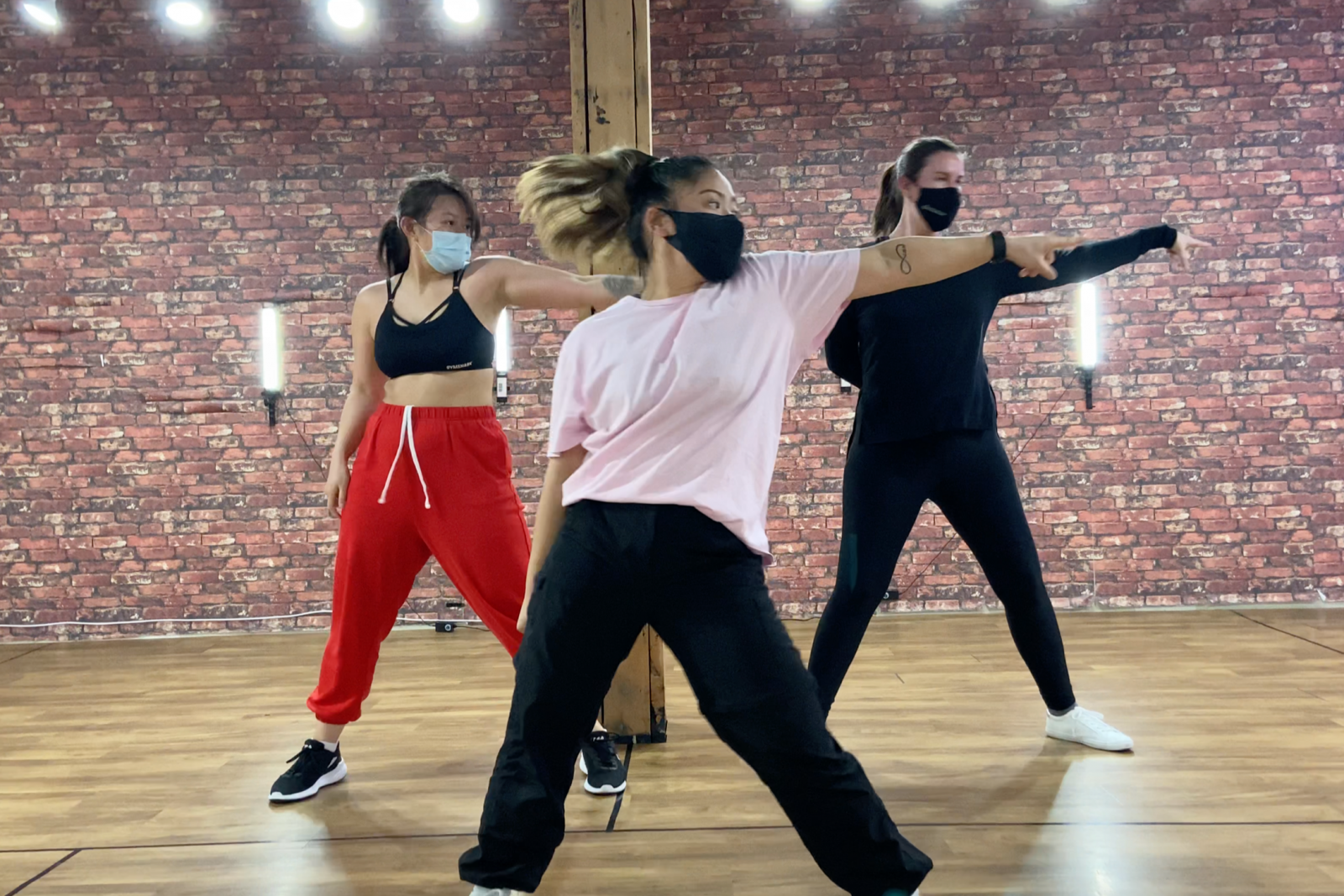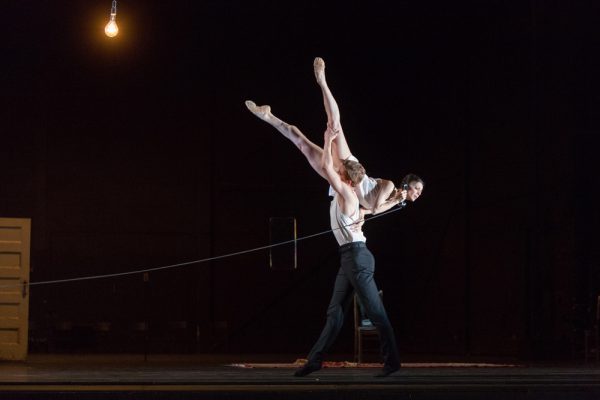This article is published through our Regional Reporter Program. We acknowledge the support of the Canada Council for the Arts through the Digital Now initiative.
***
At the end of December, Manitoba dance studio owners were witnessing a wave of Omicron-related closures in Vancouver and Montreal and bracing for a new set of provincial restrictions. But they never came.
On Jan. 12, Manitoba Premier Heather Stefanson presented the provincial government’s new COVID-19 strategy: letting the virus run its course. “The government can’t protect everybody out there,” she said at a press conference. “You know, people have to learn to protect themselves. We have to learn to live with it.”
Less than a week later, the province reported some of the highest COVID-19-related hospitalizations and deaths in the country, sitting at 44.5 hospitalizations per 100,000 people (the highest in the country) and four deaths per 100,000 people, second only to Quebec.
In some ways, Stefanson’s comments were inconsequential – dance studio owners had long ago begun the process of self-moderating and relying on their own ingenuity. When cases had spiked earlier, in December, some studios voluntarily closed, despite being allowed to remain open. These decisions were arduous and left owners with the difficult task of caring for the physical and emotional well-being of their clients while also trying to balance the books.
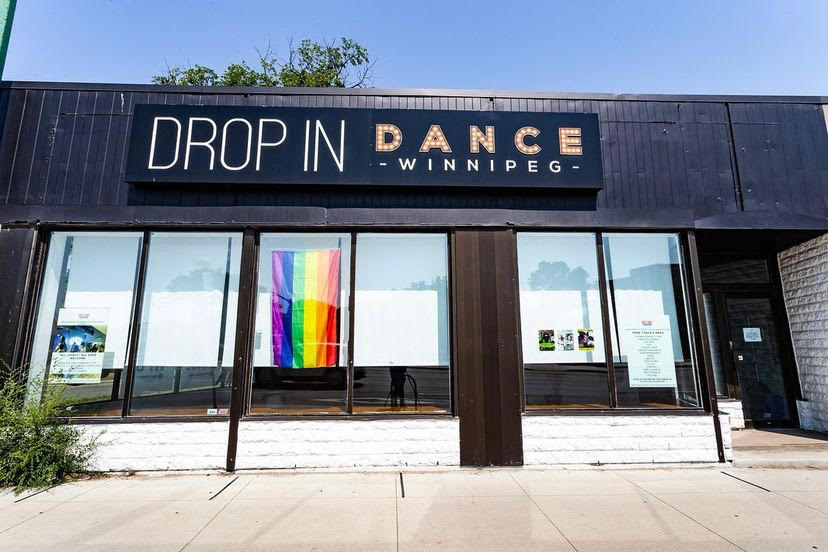
Maria Rawluk, owner of Drop in Dance Winnipeg, which closed for 17 days, explained that “When the government isn’t telling you to do it, you have people on one side, saying, ‘How dare you stay open? You must close,’ and then you have other people saying, ‘How dare you close? You must stay open.’ ”
The studio had already experienced a series of openings and closures since March 2020, but Rawluk said the onset of the Omicron wave in Manitoba felt different.

“We were seeing Vancouver and Quebec dance studios being ordered to close.… We were just waiting,” she explained, adding: “You have students who are concerned, who are reaching out saying, ‘Hey, what’s happening? I want to know,’ so at some point we’re going to have to put everyone’s safety first.”
Joseph Pilapil, co-owner of River City Swing, a small community studio that runs classes and a weekend social dance, made a similar decision. Although there was no “mandate to close down … with the numbers being so high, we couldn’t risk it,” he said.
River City Swing is a labour of love for Pilapil and his girlfriend, Emily Sinclair, who he met doing swing dance. The same goes for Nathan Lee, their third dance partner, who was a staple at the University of Manitoba Swing Dance club back in the ’90s.
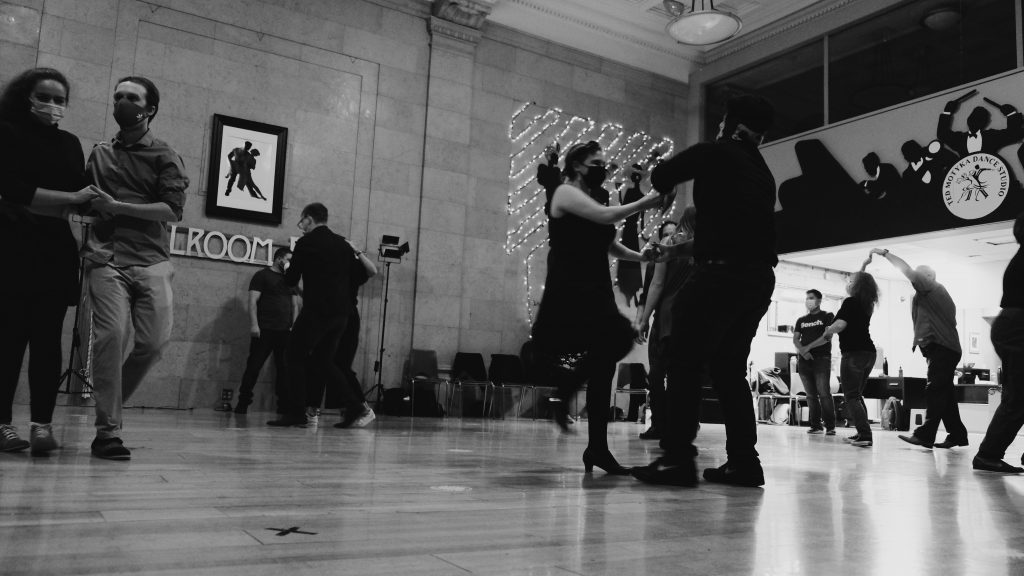
“We do it because we love to dance; we love the community,” Pilapil explained. But, as he noted, “It’s a partner dance,” and “if someone got sick in the class, that would mean we would all be close contacts … and we’d have to shut down anyways.”
“That wouldn’t be fair to the students who paid for the classes,” he added. “And then they [might] lose income if they had to isolate.”
These decisions were complicated by the fact that this was the first wave during which businesses were not offered financial assistance if they closed due to COVID-19. Rawluk said that although her studio had been very lucky in terms of support from the community, she was concerned by the inconsistent messaging coming from the provincial government.
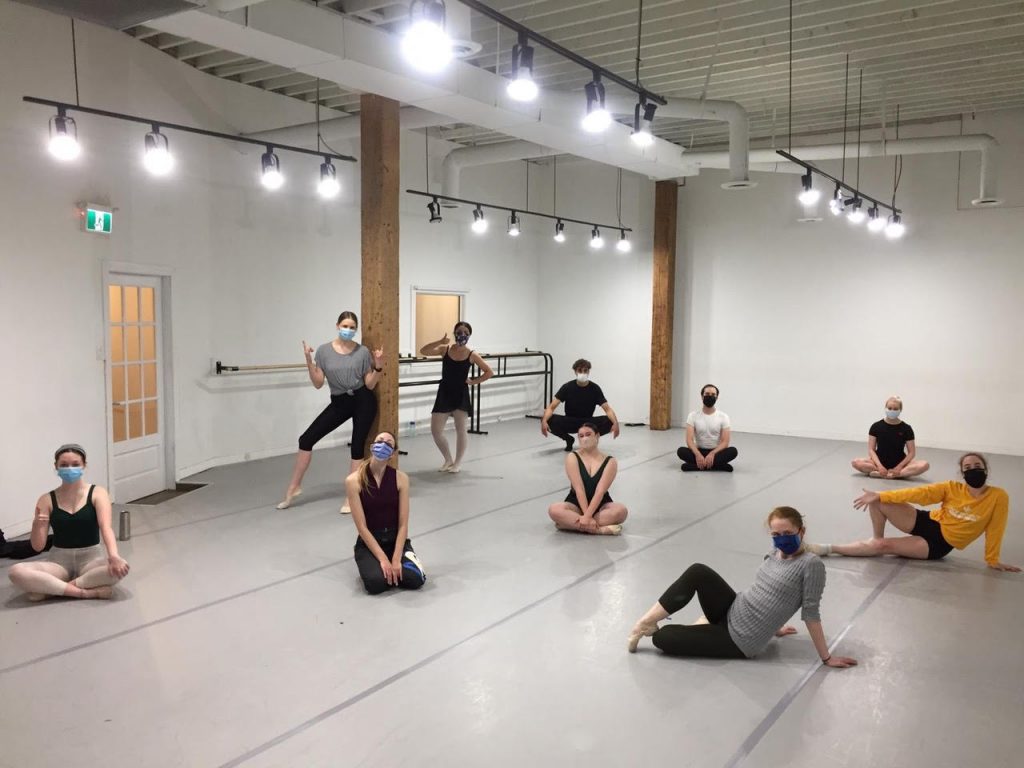
“Something that was very difficult was having the province tell businesses ‘Stay open’ but also saying it’s up to us as small business owners to keep everyone safe. So basically, what they’re telling us is, ‘We don’t want to provide any more funding, but you should choose not to reopen your business on your own regard.’ ”
At this point, many studios, including Drop in Dance Winnipeg, are choosing to once again open their doors and maintain the required 50 per cent capacity in studio spaces.
What has been difficult during this wave, said Rawluk, is the responsibility that has been placed on studio owners to make public health-related decisions, often to their own detriment, without adequate guidance.
“Finances are finances,” she said. “But the emotional stress of having to decide what is best for other people, that part has sucked.”
“[They’re] basically just putting the onus on everybody else, on small businesses, and saying ‘Good luck.’ ”
Dance Media Group strengthens the dance sector through dialogue. Can you help us sustain national, accessible dance coverage? Your contribution supports writers, illustrators, photographers and dancers as they tell their own stories. Dance Media Group is a charitable non-profit organization publishing The Dance Current in print and online.

Tagged:

